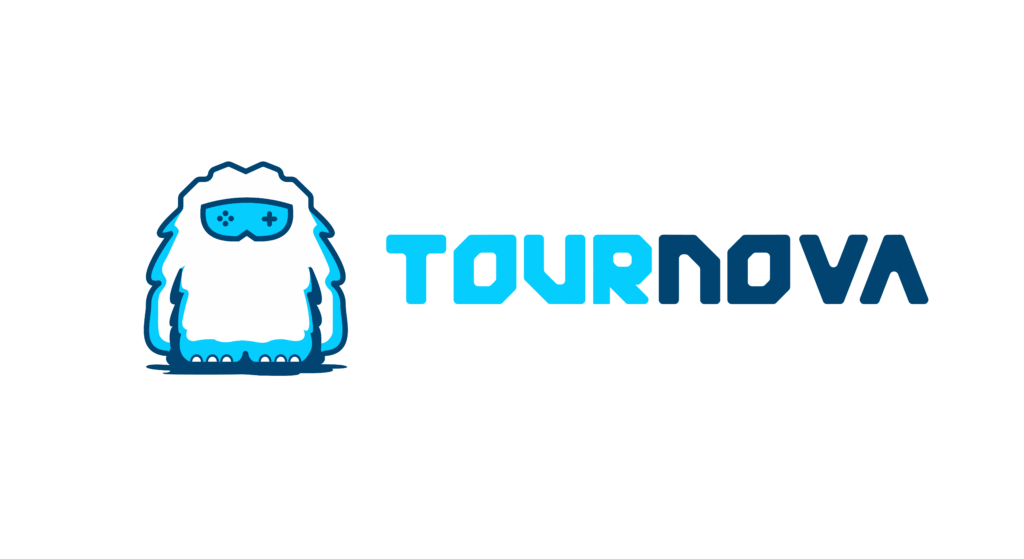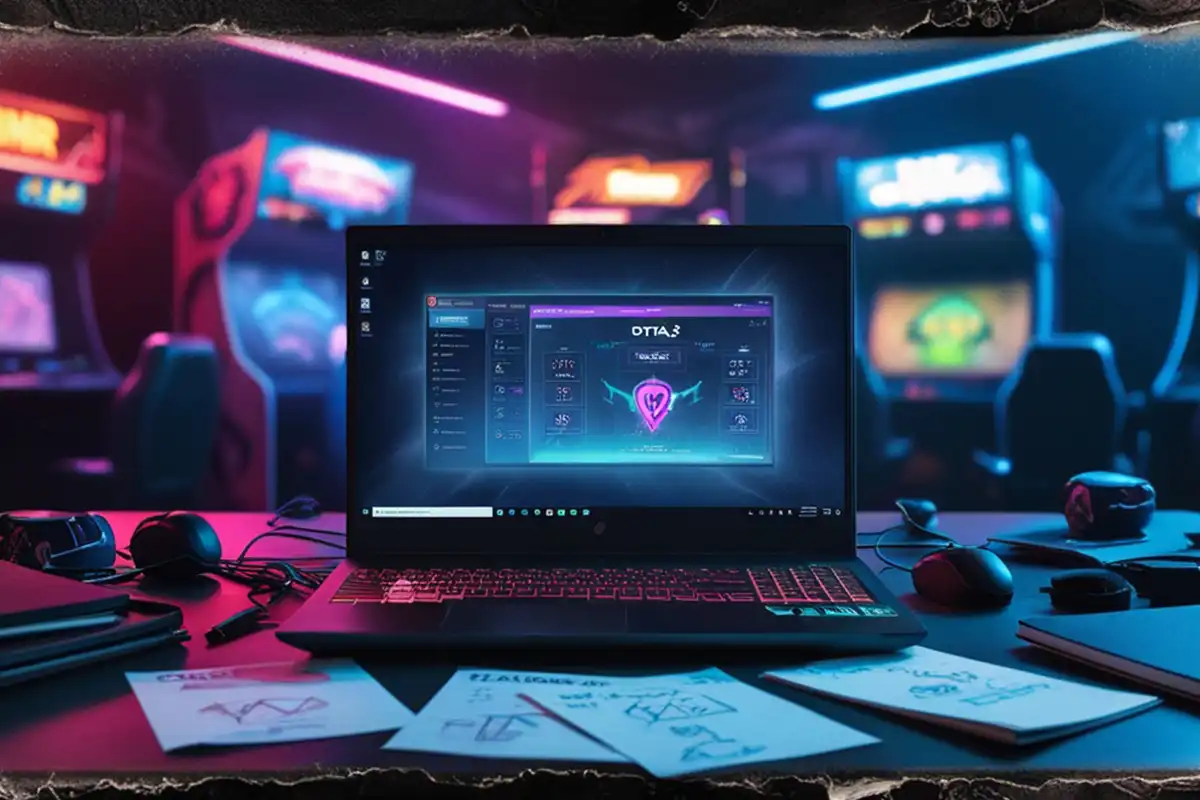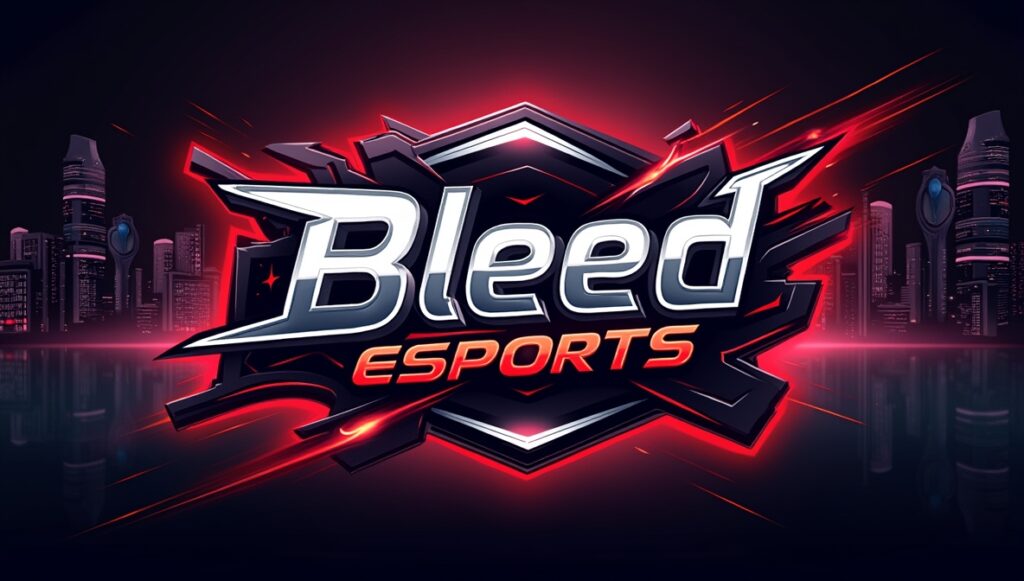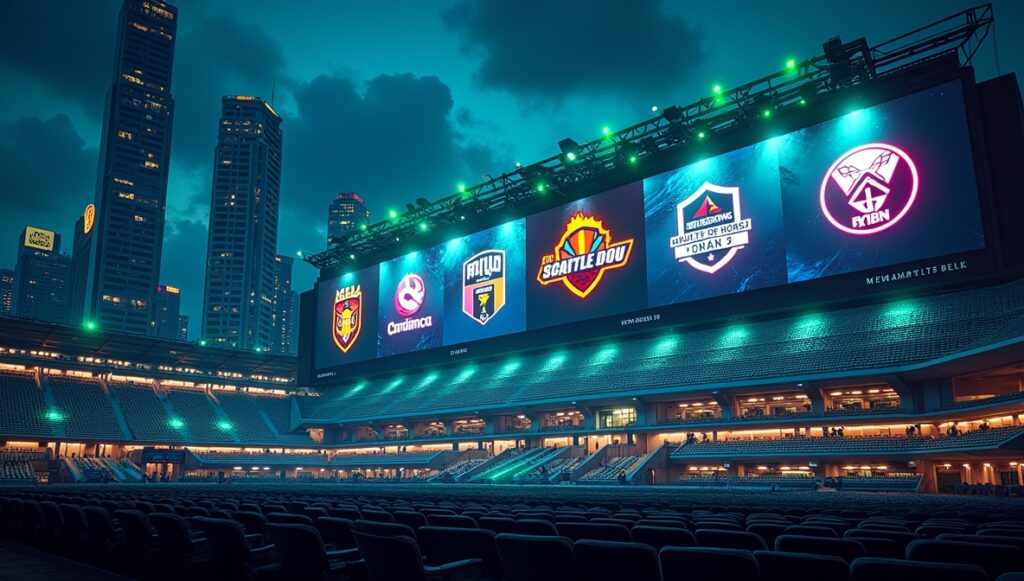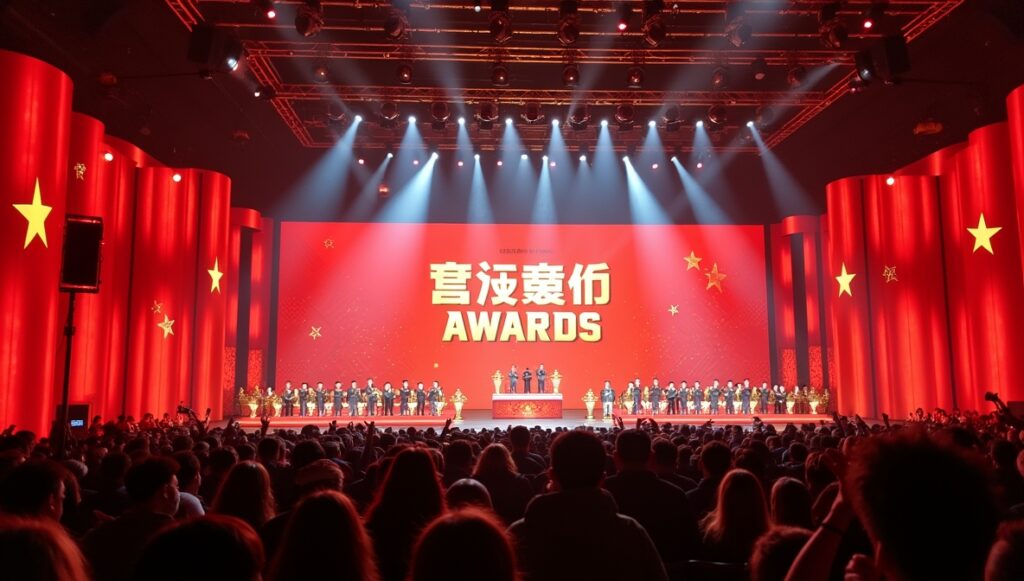When you’re organizing your very own Dota 2 tournament or simply trying to get a leg up in the competitive scene, understanding the ins and outs of the game’s matchmaking rating (MMR) and ranked point system can seem daunting. You might have heard stories of players who feel endlessly trapped in their current rank, unable to ascend to their rightful skill level, or you’re tired of mismatched games that frustrate you. This common struggle affects many of us in the Dota 2 community, but fear not—every problem has a solution, and this guide promises to illuminate the path forward on How to Calculate MMR in DOTA 2.
We’ll delve into the complexities of MMR and ranking with an easy-to-understand approach, arming you with the knowledge to better navigate and succeed in the Dota 2 world.
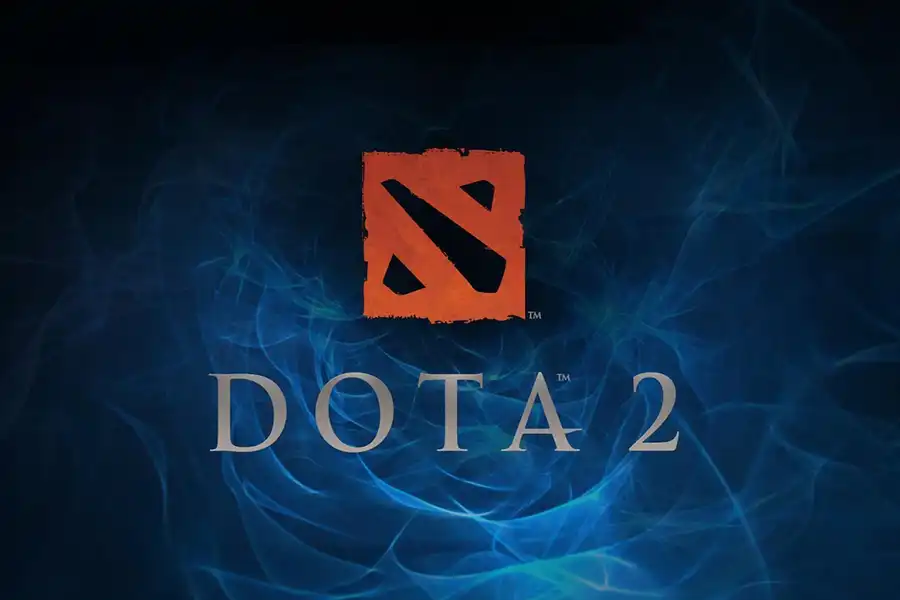
What Is MMR in Dota 2 and Why Does It Matter?
MMR, or Matchmaking Rating, is a number that Valve’s algorithms use to match players of similar skill levels in Dota 2. It matters because it determines the quality of matches you’ll experience and how your skills are evaluated. For those of us hosting tournaments, understanding MMR allows better pairing of players to ensure competitive yet fair matches, enhancing the excitement and challenge that comes inherently with Dota 2. The MMR system ranks players from the starting point of Herald up to Immortal, influencing both the gameplay experience and personal gratification from seeing progression over time.
How Dota 2 Calculates Your MMR: The Basics
In Dota 2, MMR calculation isn’t just a straightforward tally of wins and losses; it’s a multifaceted system that aims to accurately reflect a player’s skill level. At the foundation, each match you play adjusts your rating based on its outcome—win or lose. However, the game goes further by assessing individual performance metrics, which add nuance to the basic adjustment. This means if you manage to perform exceptionally well in a losing game—by securing objectives, topping charts with hero damage or assists—your MMR might not take as drastic a hit, reflecting your contribution despite the team’s loss.
Similarly, in a victory, your performance can amplify the MMR gain; discussing How to Calculate MMR in DOTA 2. For example, if you coordinate with your team and make strategic plays that lead to a victory, your rating will likely increase more compared to just riding on the coattails of a well-executed team strategy without much personal input.
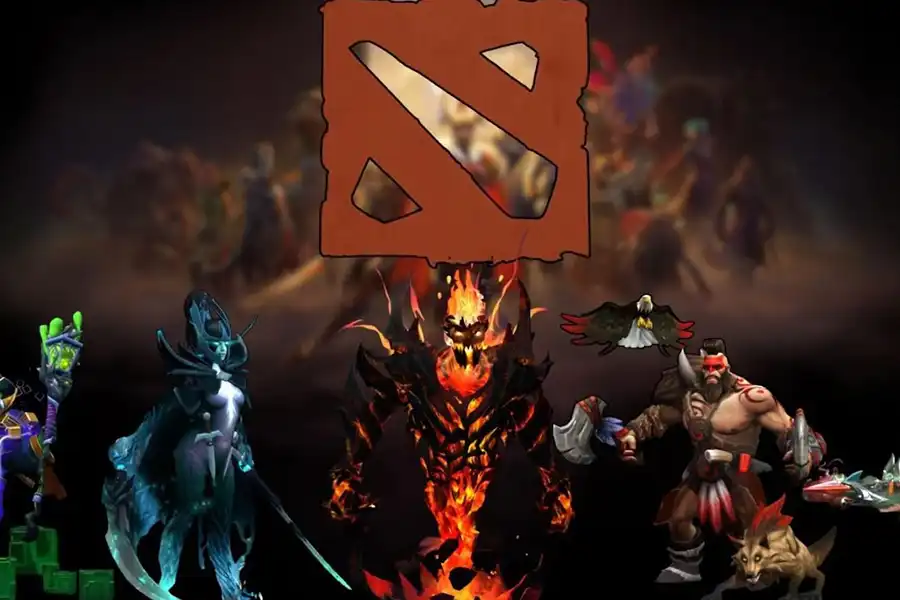
Different considerations come into play depending on whether you’re playing solo queue or with a party. In solo play, MMR adjustments lean heavily on individual performance because teamwork dynamics are less controlled. In contrast, party play adjustments take into account the enhanced synergy expected of pre-made teams, often resulting in lesser gains or losses per match to compensate for this advantage.
This nuanced approach ensures that MMR is a reflection of both personal skill and the ability to work within a team—vital in a game as intricate as Dota 2. Thus, understanding these mechanics can provide players with insights into their strengths and areas for improvement, guiding their strategic focus to climb the ranks effectively.
Understanding Medals and Tiers in Dota 2’s Ranking System
Dota 2’s ranking system is a visual journey through a series of medals that represent a player’s skill level: Herald, Guardian, Crusader, Archon, Legend, Ancient, Divine, and Immortal. This structured progression provides players with tangible goals and milestones within the game, where each medal tier offers a snapshot of your development in both understanding and skill execution.
Each medal is further divided into five stars, serving as incremental checkpoints of progress in regard to How to Calculate MMR in DOTA 2. When you earn enough stars at your current medal, you advance to the next, signaling your improvement and providing that sweet sense of accomplishment. This system not only reflects raw MMR ratings but also captures the essence of competitive spirit by encouraging players to aim for the next visible achievement.
Medals are more than a mere status symbol; they encapsulate a player’s growing mastery over game mechanics, strategic thinking, and effective teamwork. For instance, progressing from Archon to Legend might involve not only boosting your game sense and reaction times but also enhancing your capability to lead a team to victory through smart drafting and in-game decision-making.
Each time you rank up, it’s an invitation to refine your skills further, encouraging players to remain engaged and continually strive for excellence. Understanding this tiered system can inspire participants in a homegrown tournament to appreciate not just the immediate results of a match but the comprehensive journey of skill advancement and personal growth within the game.
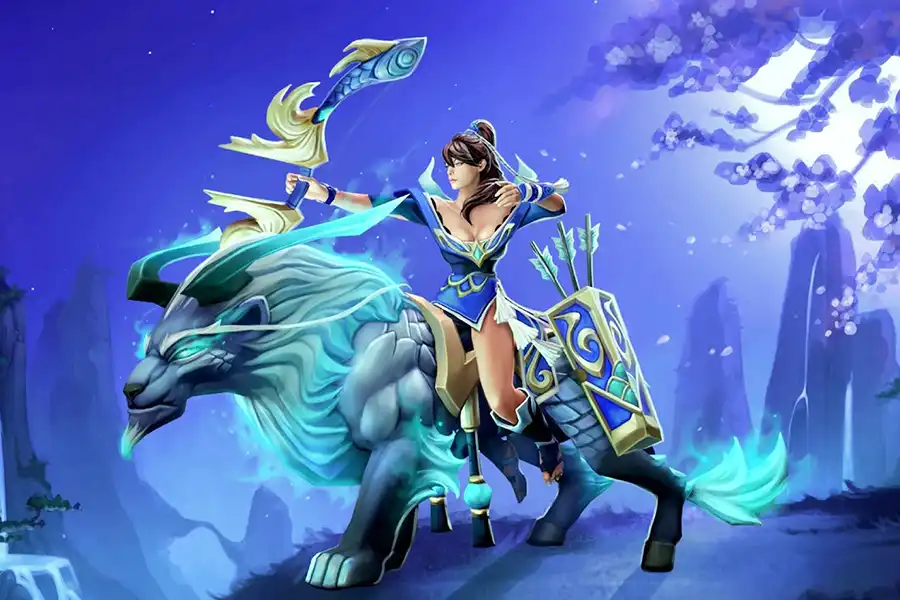
Point Gains and Losses: How MMR Changes After Each Match
After each match, the MMR adjustment reflects not only whether you won or lost but also the relative skill levels of the players involved. Winning against highly ranked opponents yields greater MMR boosts, while defeats at their hands result in comparatively smaller deductions. Party games work slightly differently—while coordination might increase your winning chances, the system adjusts points to reflect this increased advantage. Thus, both solo and party players have tailored experiences that influence their rank trajectory.
Calibration and Recalibration, Setting and Adjusting Your Rank
New players undergo a calibration process to determine an initial rank when we discuss How to Calculate MMR in DOTA 2. This typically involves a series of ten placement matches intended to assess skill level accurately. Beyond this, Dota 2 periodically offers recalibration opportunities, allowing players to refresh their rank based on current performance. This recalibration serves as a chance to rectify past performance frustrations, offering players a clean slate to showcase their development since their last ranking.
Read More: how much do dota 2 players
What Is Rank Confidence, and How Does It Affect Your MMR?
Rank confidence is a concept that reflects the matchmaking system’s certainty in the accuracy of a player’s MMR. When you first start playing ranked matches or if you’ve been inactive for a period, the system doesn’t have enough data to accurately determine your skill level. Consequently, the rank confidence is low, which can result in larger adjustments to your MMR based on match outcomes. This allows the system to rapidly find your true skill level.
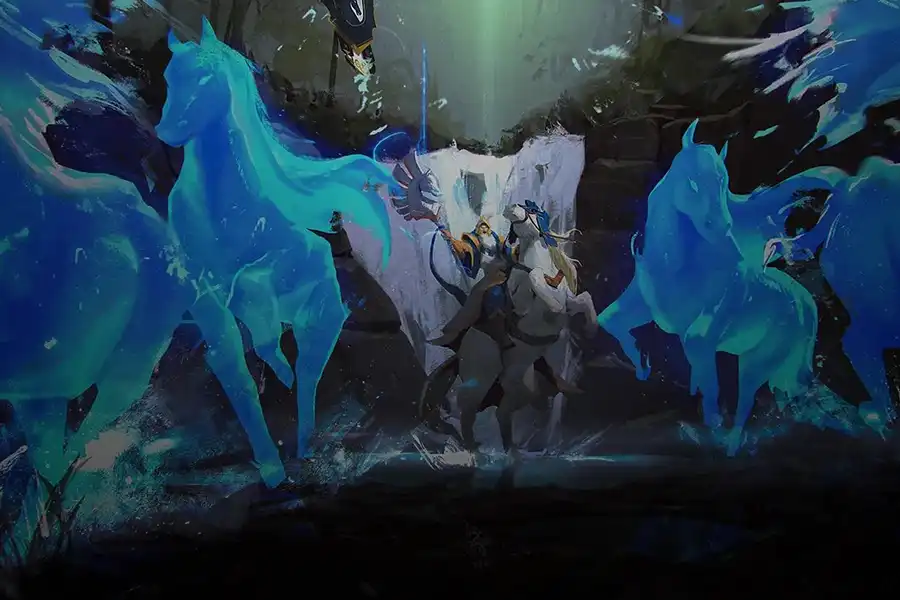
As you play more matches, rank confidence increases, signifying a more stable understanding of your abilities. With higher rank confidence, the system makes more conservative adjustments to your MMR after each match. This stabilization indicates that the game believes your current rating is a good reflection of your skill.
Understanding rank confidence is key for players who notice volatile changes in their MMR after just a few games—this is typical when rank confidence is low. For consistent improvement and a steadier climb up the ranks, players are encouraged to play regularly. For tournament organizers, recognizing rank confidence can help structure player seeding and better anticipate competitive matchups by relying on more stable MMR estimates.
Dota 2’s Ranked Distribution, Where Most Players Stand
In Dota 2, understanding the ranked distribution gives players insight into the overall competitive landscape when we talk about How to Calculate MMR in DOTA 2. Most of the player base can be found in the mid-tier ranks—specifically Crusader, Archon, and Legend. These ranks are dense with competitors and serve as the battlegrounds where strategic learning and skill development are most prevalent. Here, players hone their abilities by mastering game mechanics, hero versatility, and strategic teamwork.
Ascending beyond these ranks into Ancient and Divine signifies not just skill but a deeper understanding of the game. Players in these higher tiers have a refined game sense, can anticipate opponents’ strategies, and exhibit a high degree of adaptability and coordination. Achieving the rank of Immortal is a testament to unparalleled game mastery, marking players as among the elite, often entering the realms of professional play.
Knowing where the majority of players stand helps tailor training approaches. For those in the mid-tier, focusing on individual skill enhancement and team coordination can be critical. Meanwhile, higher-ranked players might emphasize mastering the meta and advanced strategies. Tournament organizers can use this information to create balanced matches and foster environments that match the competitive skill levels of participants, making for engaging and educational tournaments that reflect the dynamic range of Dota 2’s player base.
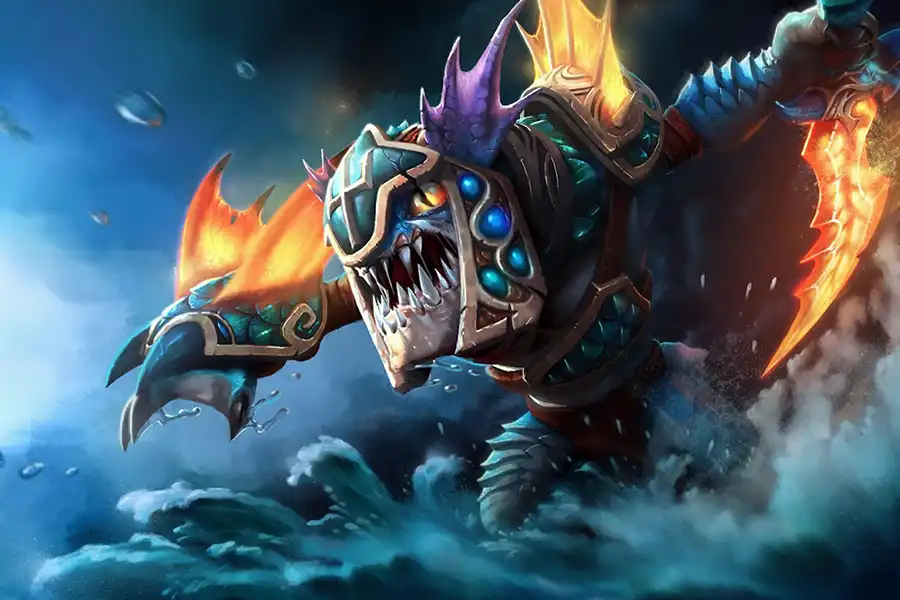
Tips to Climb the Ranks in Dota 2
- Role Specialization: Specializing in a particular role allows you to focus on mastering specific aspects of gameplay, which can increase your effectiveness and impact in matches considering How to Calculate MMR in DOTA 2. By concentrating on roles like Support or Carry, you can develop a deeper understanding of hero pool dynamics, typical in-game challenges, and role-specific strategies. For instance, focusing on being an intelligent Support might involve mastering ward placement and map awareness, while honing skills as a carry-centric Mid could involve mastering last hits and gank timing. Specialization lets you capitalize on your strengths, making you a vital asset to your team and helping you climb the ranks more efficiently.
- Team Coordination: Effective communication and team synergy are crucial for success in Dota 2. Utilizing tools such as Discord for voice chat can significantly enhance your ability to coordinate strategies and react swiftly to changing situations in-game. Pre-defined in-game cues, like pings and message alerts, can facilitate non-verbal communication, ensuring that all team members are on the same page, even without voice chat. Improved coordination often translates to better execution of strategies, such as successful team fights and strategic objectives, thus increasing your chances of winning and advancing in rank.
- Gameplay Analysis: Regularly reviewing your gameplay through replays or third-party analytics tools can provide valuable insights into your performance. Analyzing both your successful matches and losses can highlight your strengths, such as positioning or objective control while revealing areas that need improvement. This feedback can lead to a deeper understanding of complex game mechanics and help you adapt your playstyle to overcome recurring challenges. Consistent analysis encourages growth, enabling you to refine your approach and continuously elevate your gameplay.
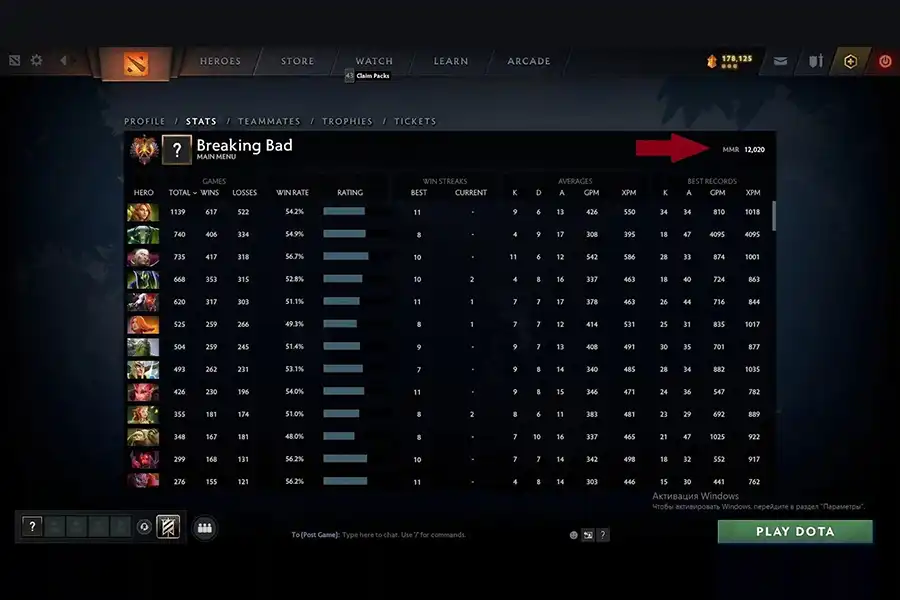
Advanced Ranking Tips: Avoiding Pitfalls and Maximizing Gains
All great climbers know how to avoid pitfalls—they apply equally here via How to Calculate MMR in DOTA 2. Managing tilt during losing streaks is critical; taking breaks and returning with a fresh mindset often yield better performance. Timing recalibrations to align with your peak performance periods ensures you start from a strong foundation. Lastly, staying informed on current meta changes allows you to adapt strategies and picks to maintain competitiveness.
- Managing Tilt: Experiencing losing streaks can be demoralizing and often leads to poor decision-making—a state known as ‘tilt.’ To manage this, it’s crucial to recognize when you’re tilting and take breaks to reset your mental state. Returning to the game with a refreshed mindset can improve performance and decision-making, preventing further losses and maintaining a steady climb.
- Timing Recalibrations: Calibration periods can significantly affect your rank. To ensure you start from a strong foundation, timing your recalibration to align with when you feel at peak performance is important. By playing your best during these crucial matches, you can achieve a rank that truly represents your skill level, giving you a better starting point for further progression.
- Adapting to the Meta: Dota 2 is dynamic, with patches regularly shifting the meta. Keeping informed about current changes enables you to adapt your strategies and hero selections effectively. Understanding the strengths and weaknesses of the meta can give you an edge in both hero picks and in-game tactics, ensuring you remain competitive. Staying updated with patch notes and analyzing pro games can provide insights into emerging trends, which you can incorporate into your playstyle to maximize your ranking gains.
Conclusion
By wrapping this knowledge of How to Calculate MMR in DOTA 2 into an engaging narrative, we aim to equip aspiring tournament hosts and players alike with the insights needed to excel and make their Dota 2 experiences both enjoyable and competitive.
FAQ
How can I ensure fair matchmaking in my amateur tournament?
Ensuring fair matchmaking requires a comprehensive understanding of player MMRs and strengths. Utilizing this data to balance teams can prevent mismatches and enhance the overall tournament experience, making it rewarding for all participants.
How do party matches impact personal MMR differently than solo matches?
In party matches, MMR adjustments reflect the enhanced coordination potential, often resulting in smaller point shifts. This ensures fairness by acknowledging team advantage over solo queue efforts.
What tools can help analyze and improve my Dota 2 gameplay?
Tools like DotaBuff and OpenDota provide detailed metrics on past matches, player statistics, and meta-analytics. Using these can offer insights into playstyle adjustments, opponent habits, and strategic planning.
